Iceland is a geographic outlier—a volcanic island perched atop the Mid-Atlantic Ridge, where two tectonic plates slowly drift apart. What seems like a limitation on paper translates into reality as one of Earth’s most dramatic natural laboratories, where fire meets ice and creates wonders unlike anywhere else.
The entire country functions as an open-air museum of geological processes, with power stations powered by the ground itself and the midnight sun creating endless summer days. Here’s a list of 20 places in Iceland that showcase why this Nordic island nation captivates travelers and scientists alike.
Blue Lagoon Near Grindavík
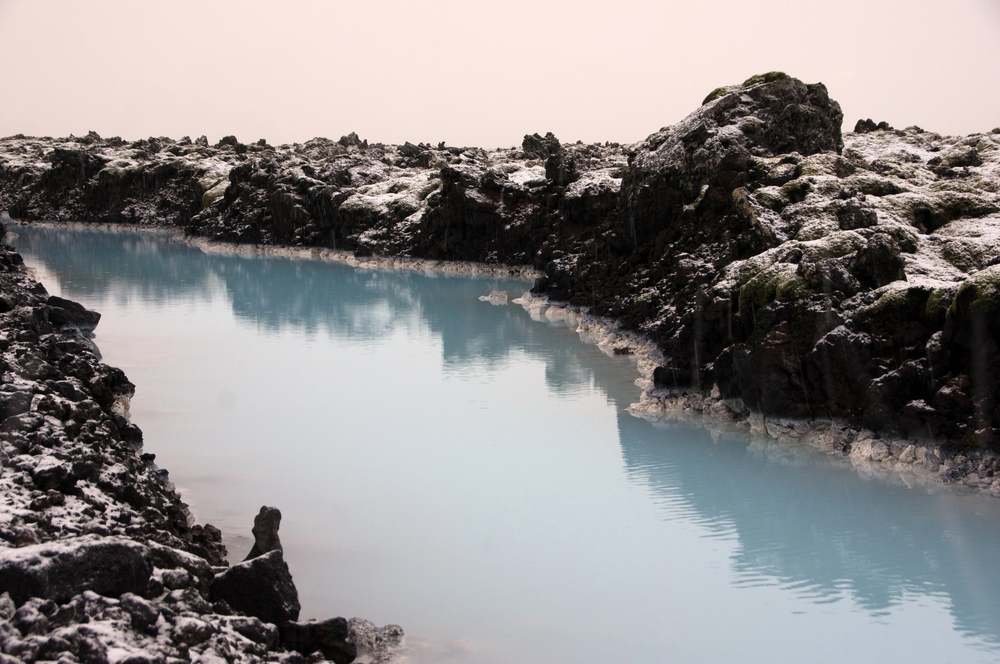
Milky blue geothermal waters reach comfortable temperatures of 99–102°F, while silica mud masks naturally draw out skin impurities. What looks like a pristine hot spring originated from wastewater from the nearby geothermal power plant, which locals realized had healing properties.
The engineered lagoon now handles over a million visitors annually and requires advance booking.
Gullfoss Waterfall on the Golden Circle
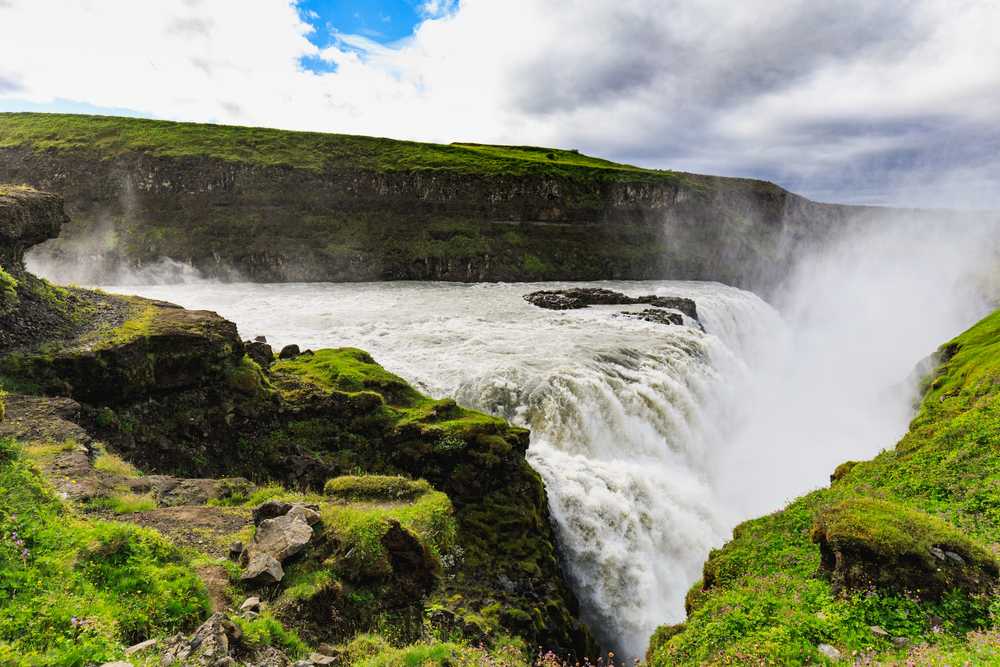
The Hvítá River takes a dramatic 90-degree turn before plunging 105 feet into a crevice hidden from initial view. A local farmer’s daughter Sigríður Tómasdóttir campaigned to save these falls from hydroelectric development in the early 1900s, even threatening to throw herself over them.
Her efforts preserved what became one of Iceland’s most photographed natural wonders.
Like Travel Pug’s content? Follow us on MSN.
Geysir Geothermal Area
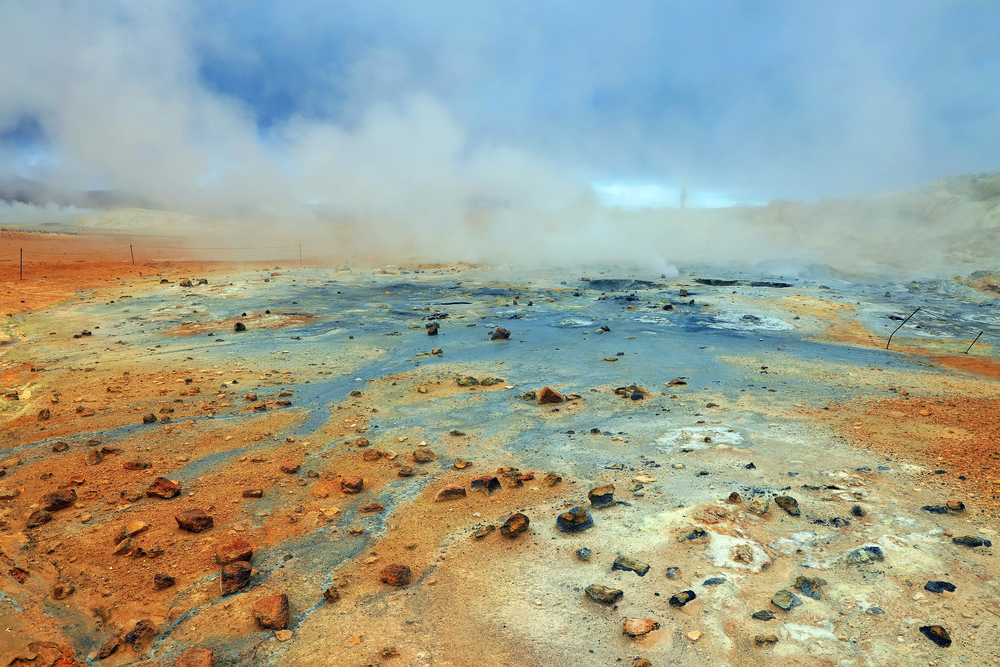
Home to the original geyser – literally where the English word comes from – this field features dozens of hot springs and steaming vents. Though Geysir itself mostly remains dormant, its neighbor Strokkur performs reliably every 8–10 minutes, shooting water 65–100 feet into the air.
Silica deposits create terraced mineral formations around each pool’s edge.
Landmannalaugar Rhyolite Mountains
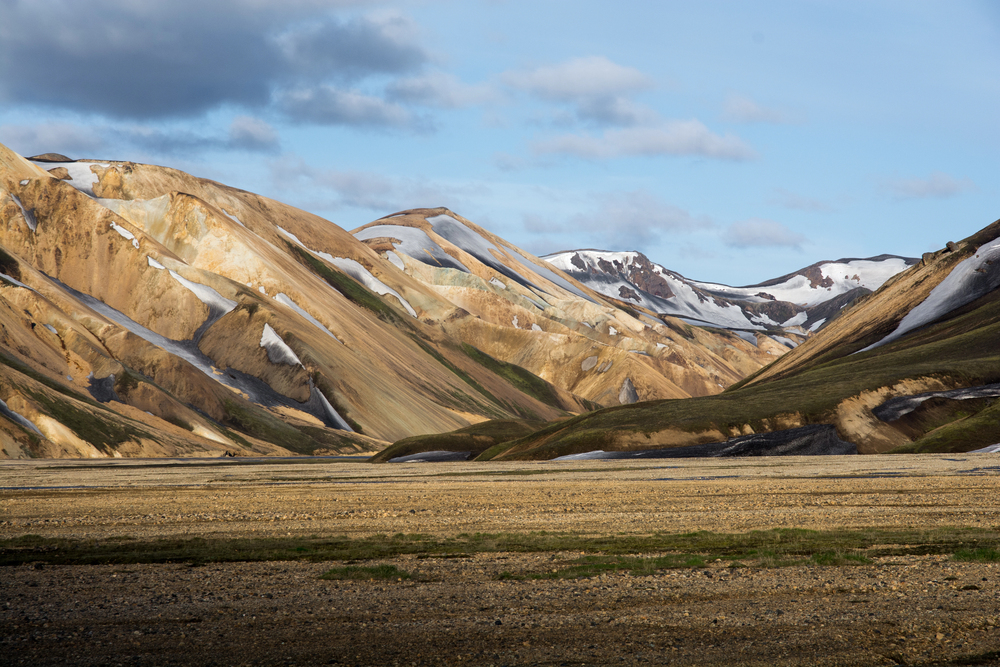
Volcanic peaks painted in pastels of green, pink, blue, and yellow create an artist’s palette landscape visible from space. The iron-rich rhyolite formations cooled quickly when magma met glacial ice, creating these unusual colors.
Natural hot springs between mountains allow hikers to soak while surrounded by these rainbow peaks.
Skaftafell Ice Cave Tours
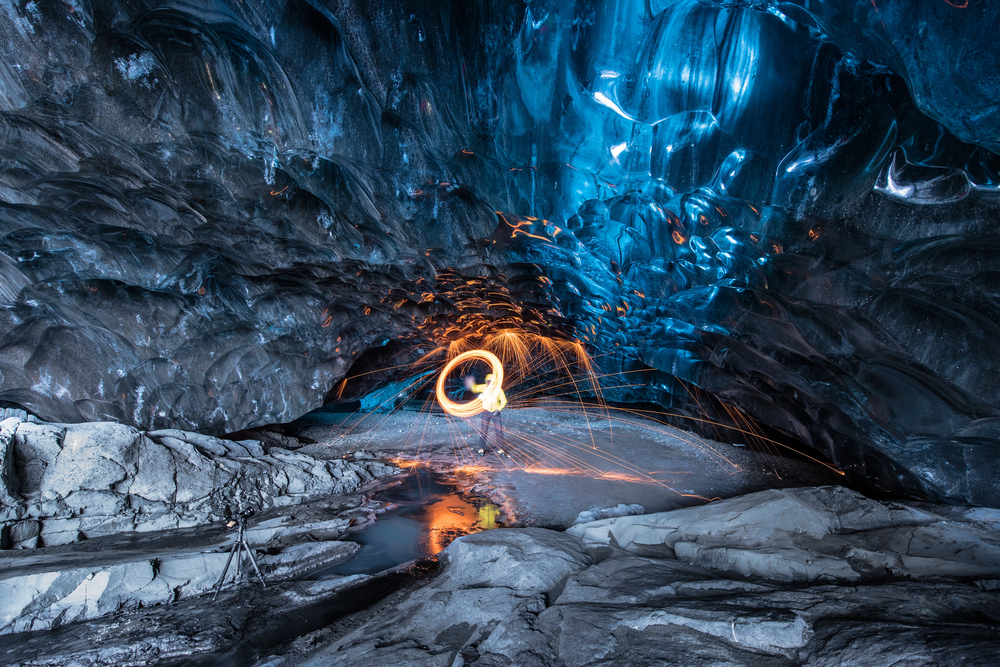
Inside Vatnajökull glacier, meltwater carves temporary caves with walls of compressed ice appearing electric blue. Each winter brings new cave formations while previous ones collapse, making every visit unique.
The caves require crampons and helmets, since glacial movement continues constantly.
Like Travel Pug’s content? Follow us on MSN.
Reynisfjara Black Sand Beach
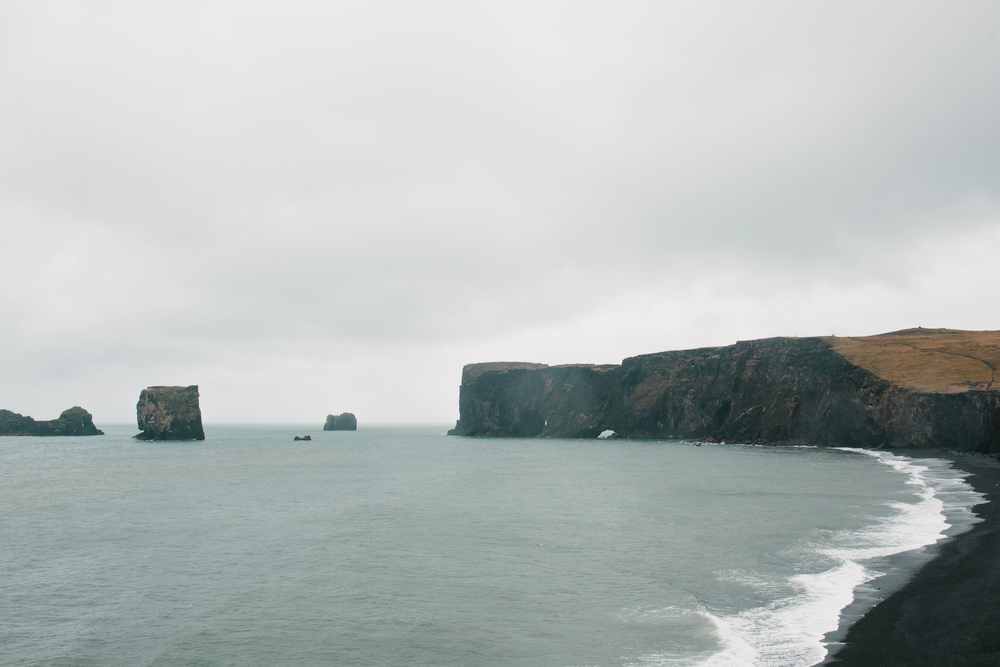
Basalt columns rise from the beach like a giant’s pipe organ, while hexagonal stones carpet the shore. Local legend claims the needles offshore represent trolls turned to stone when caught offshore at dawn.
Atlantic waves create dangerous undertows that have regularly surprised unprepared tourists.
Akureyri Arctic Botanical Garden
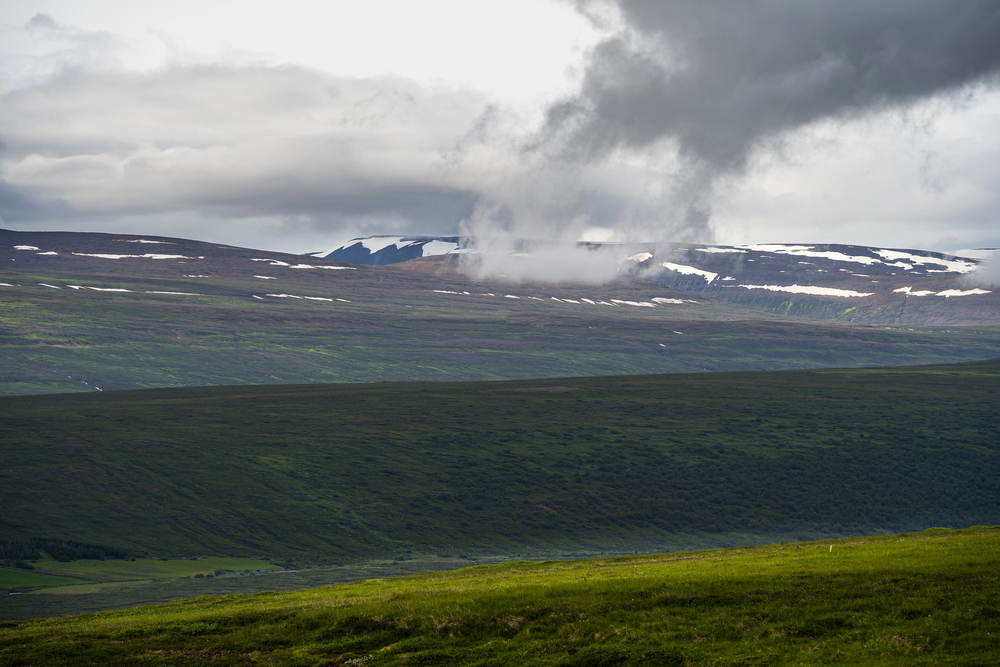
The world’s northernmost botanical garden thrives just 50 miles from the Arctic Circle, defying expectations about northern latitudes. Over 7,000 plant species flourish here using sunlight that never sets during summer months.
The collection includes native Arctic plants alongside vegetables that mature quickly in the endless light.
Þingvellir National Park
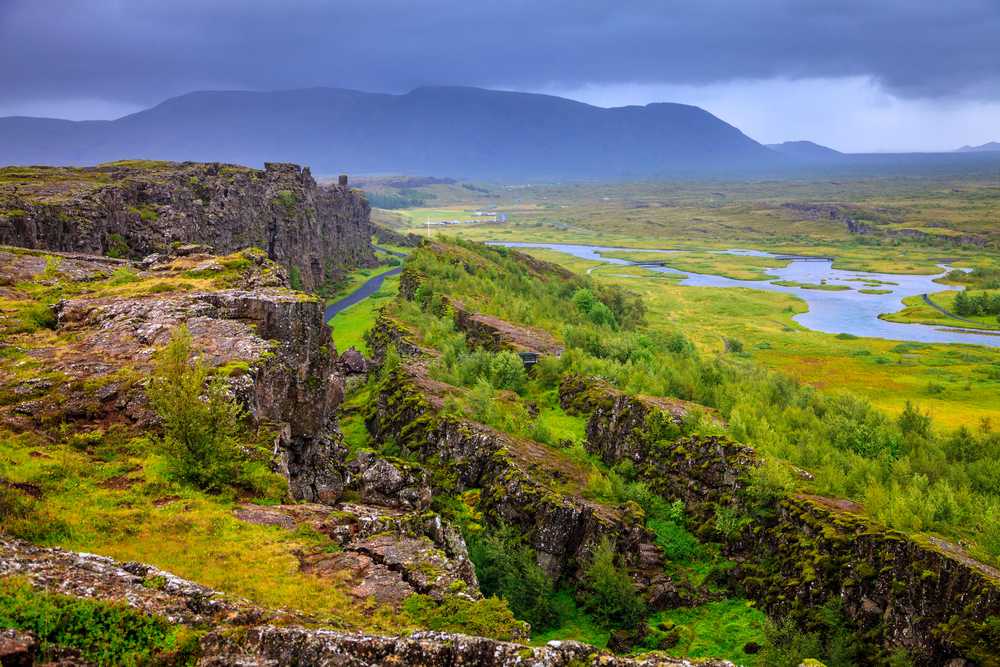
Continental plates visibly separate here at a rate of about an inch per year, creating a rift valley where Iceland’s parliament first met in 930 AD. Diving between North American and Eurasian tectonic plates offers otherworldly visibility in freshwater springs.
The lake Þingvallavatn hosts unique fish species found nowhere else on Earth.
Like Travel Pug’s content? Follow us on MSN.
Snæfellsjökull Glacier Park
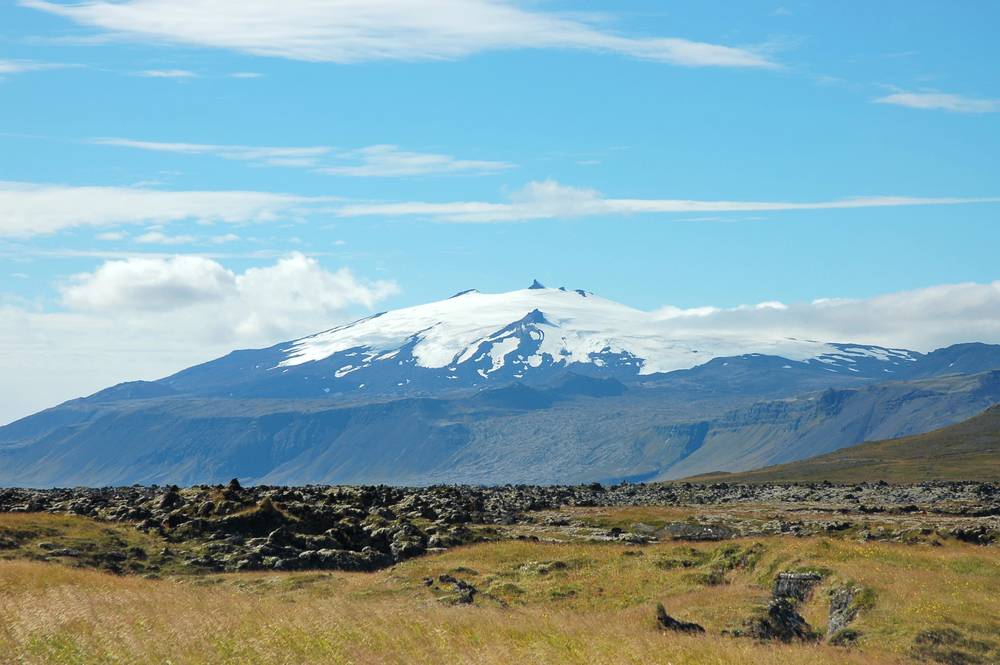
This 4,744-foot stratovolcano, topped by a glacier, inspired Jules Verne’s ‘Journey to the Center of the Earth.’ The glacier’s slow retreat reveals ancient lava tubes and ice caves that were hidden for centuries.
Hikers often spot Arctic fox families hunting ptarmigan among the volcanic ridges.
Jökulsárlón Glacier Lagoon
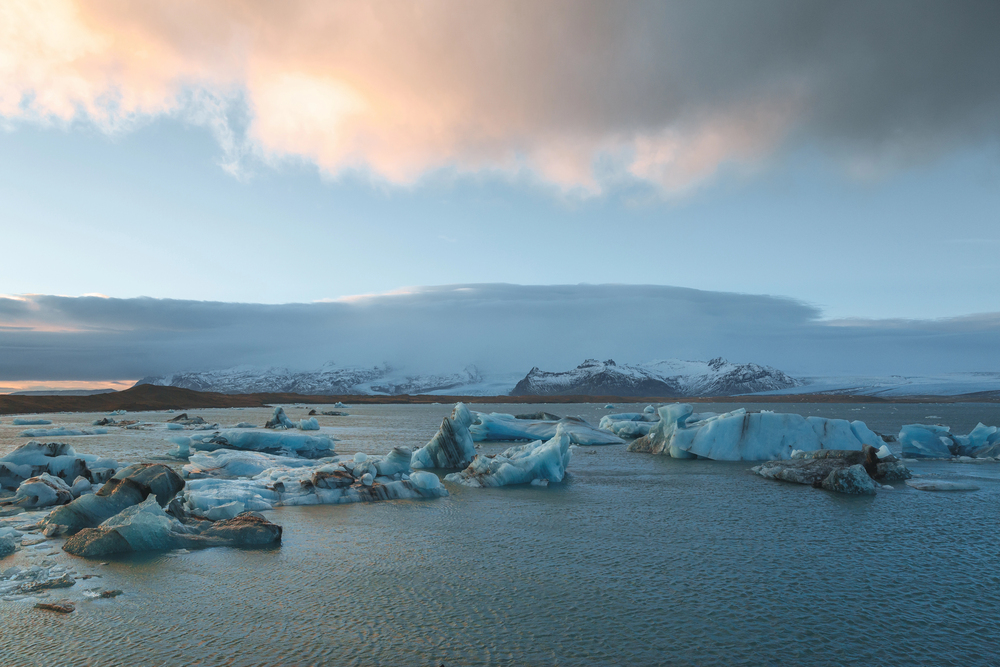
Icebergs calve off Breiðamerkurjökull glacier, creating a procession of floating sculptures that drift slowly toward the ocean. Seals frequently hunt fish among these turquoise blocks while Arctic terns dive for dinner.
The nearby Diamond Beach features smaller ice chunks scattered across black sand, catching light like polished gems.
Látrabjarg Bird Cliffs
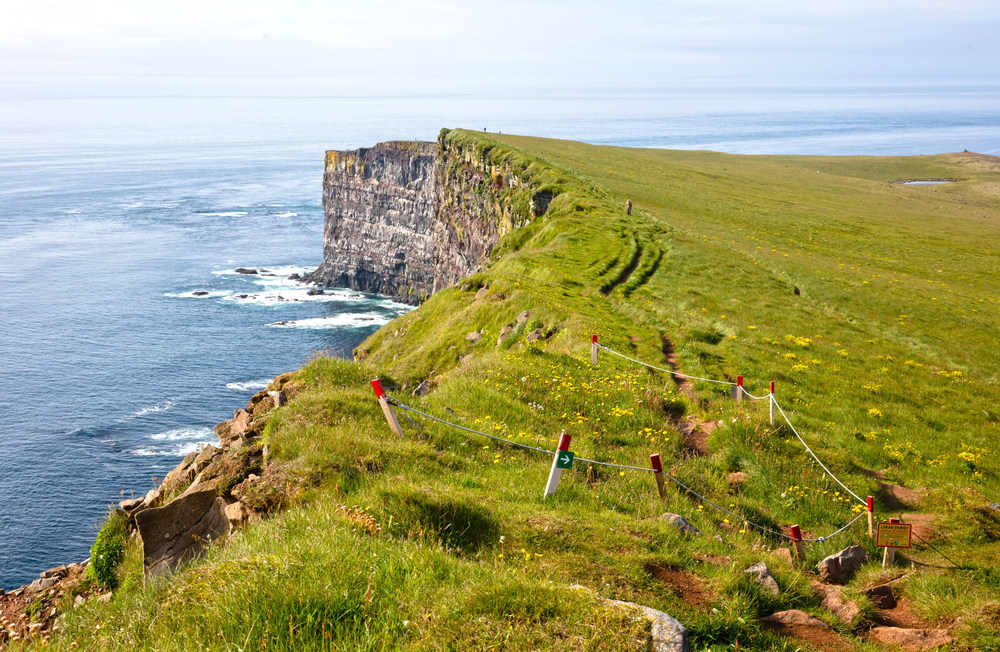
Europe’s largest bird cliff extends over 8 miles with walls rising 1,440 feet above the ocean. Puffins nest here by the thousands, often allowing approach to within arm’s length since they lack natural predators.
The westernmost point of Europe hosts millions of birds representing 40 species during the breeding season.
Like Travel Pug’s content? Follow us on MSN.
Dimmuborgir Lava Fields
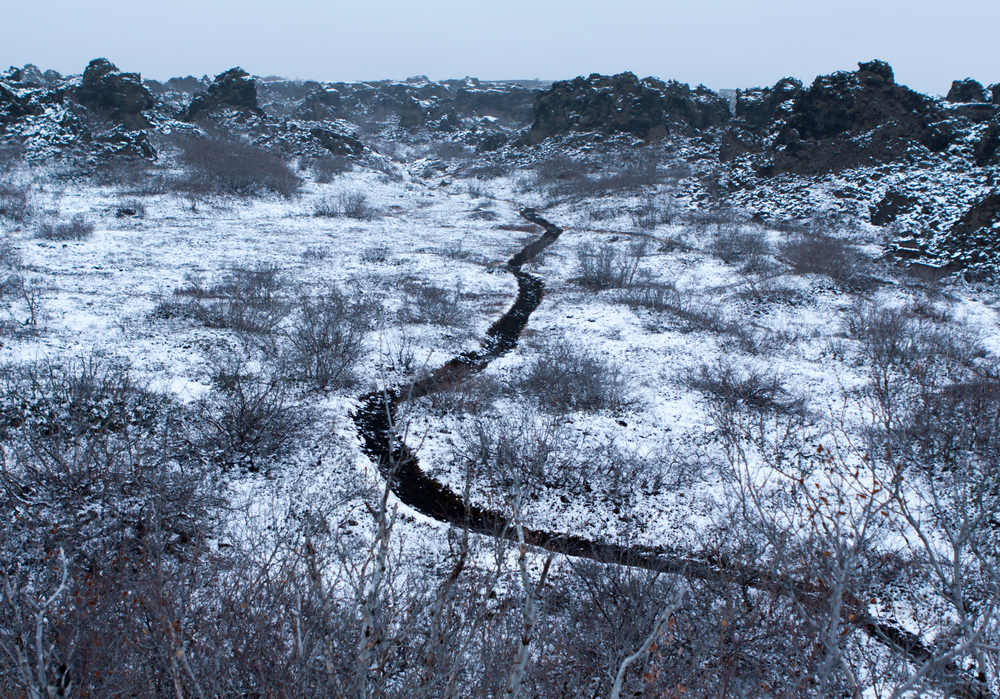
These bizarre basalt formations near Lake Mývatn resemble a dark fairy tale forest frozen in stone. Ancient lava met water, creating hollow pillars when steam escaped through cooling rock.
Local folklore suggests these towers once connected the underworld to Earth’s surface.
Krafla Volcanic Area
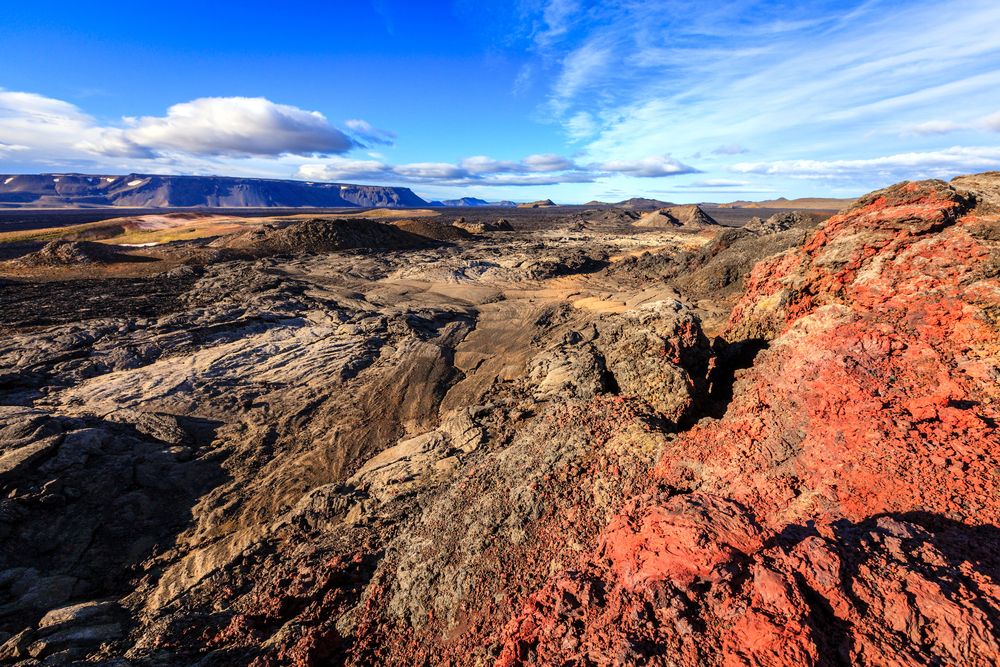
An eruption in 1724 created an active volcanic system featuring mud pots, sulfuric vents, and the turquoise Viti crater lake. Ground temperatures reach 212°F just inches below the surface, and the Krafla power station channels this geothermal energy into electricity for northern Iceland.
Húsavík Whale Watching
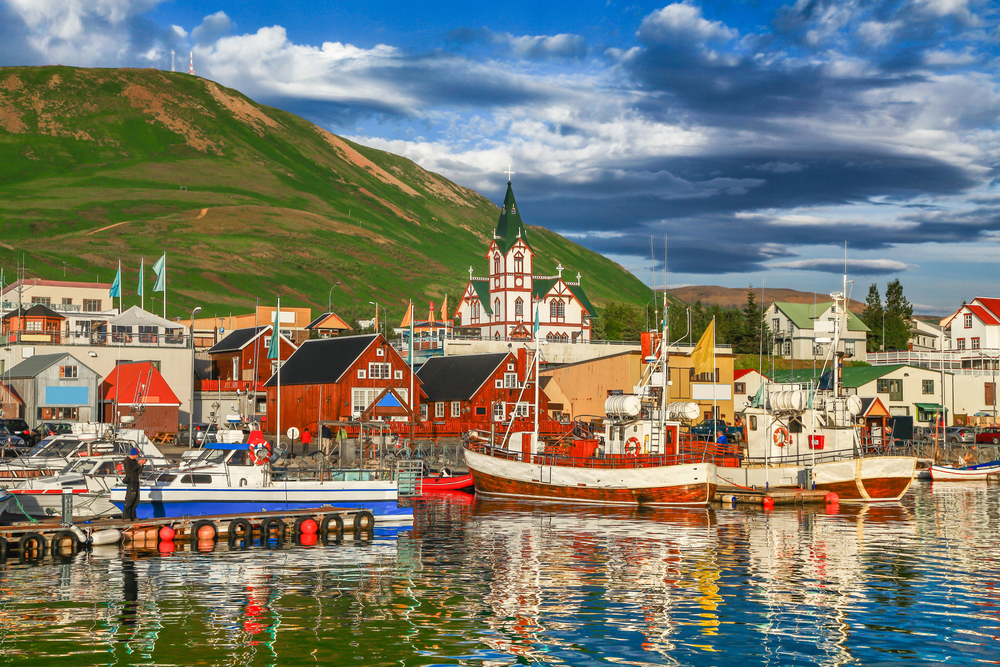
The Arctic waters of Skjálfandi Bay provide feeding grounds for dolphins, minke whales, and humpbacks, which gulp krill and small fish. Success rates exceed 95% during summer months, when the midnight sun extends observation hours.
Traditional oak boats modified for marine observation circle these gentle giants at respectful distances.
Like Travel Pug’s content? Follow us on MSN.
Seljavallalaug Hidden Pool
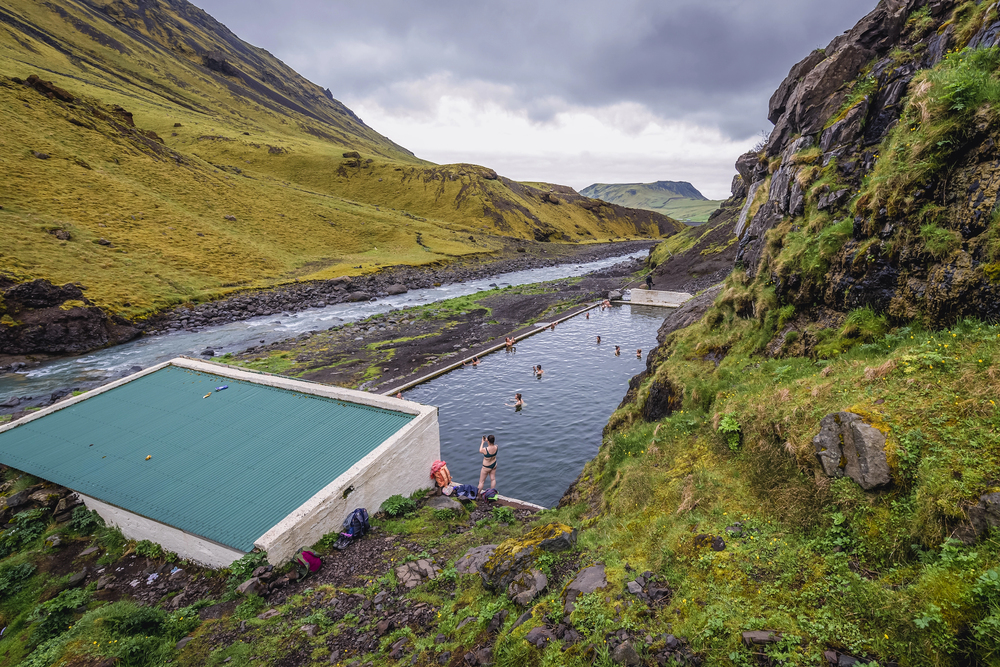
This oceanside thermal pool, built into coastal cliffs in 1923, requires a scenic mile-long hike across lava rock. Volunteers maintain this free-to-use pool, heating it with natural hot springs.
Changing rooms consist of basic sheds while ocean waves crash nearby.
Askja Caldera in the Highlands
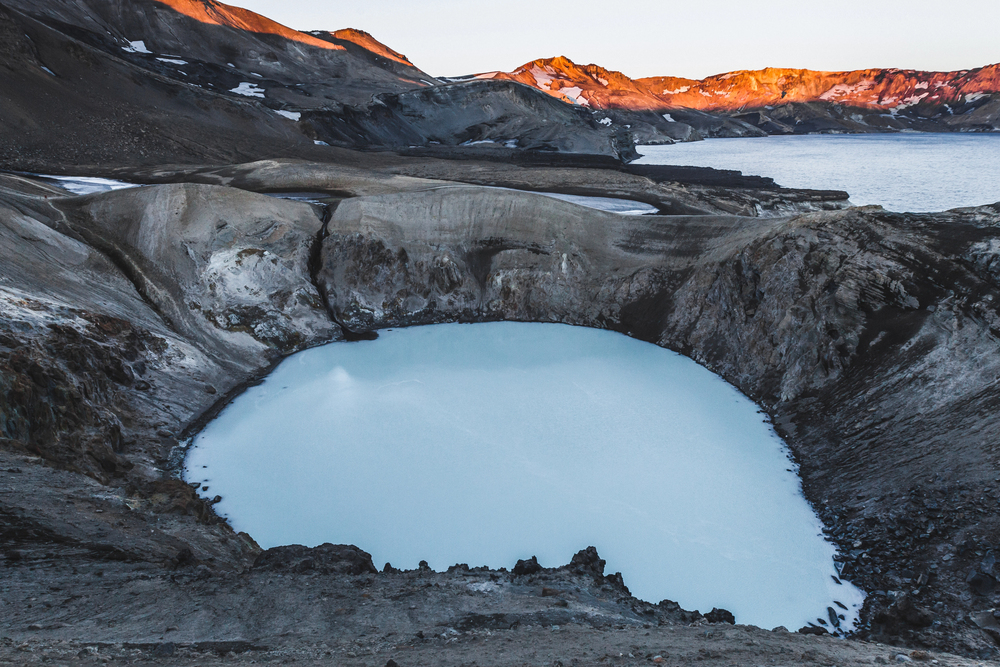
This remote double caldera formed after a massive eruption drained underground magma chambers. The milky blue Viti crater lake appears impossibly blue against the surrounding brown pumice.
Reaching Askja requires 4×4 vehicles crossing unbridged rivers across the moon-like highland landscape.
Hveragerði Geothermal Park
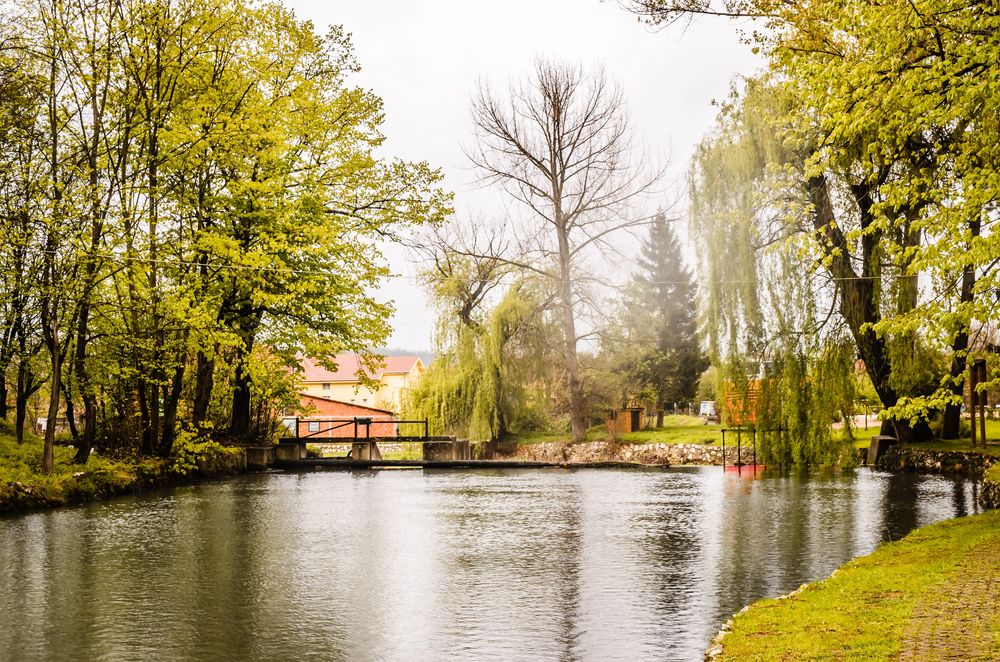
Boiling mud pools and steaming vents punctuate this small town built atop a geothermal hotspot. Locals grow tomatoes and bananas in geothermally heated greenhouses year-round, and bakeries use steam vents to bake traditional rye bread directly in the ground.
Like Travel Pug’s content? Follow us on MSN.
Glymur, Iceland’s Tallest Waterfall
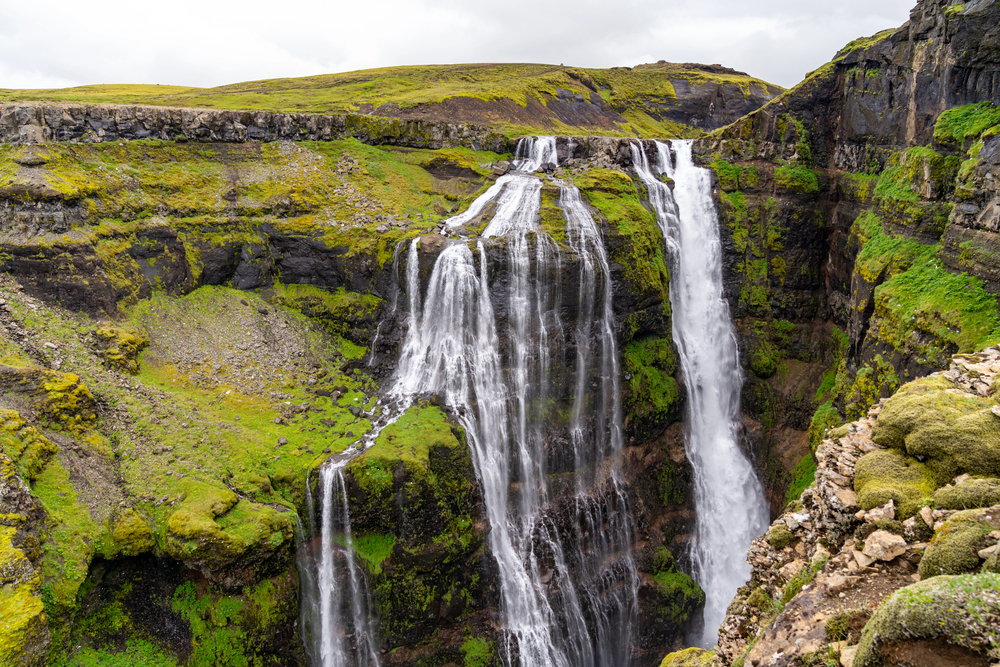
Hidden within Hvalfjörður fjord, Iceland’s second-highest waterfall plunges 650 feet down a narrow canyon. The hiking route involves crossing a stream on a log and passing through caves worn by water.
Fewer tourists attempt this challenging approach, preserving the falls’ wilder character.
Flatey Island in Breiðafjörður
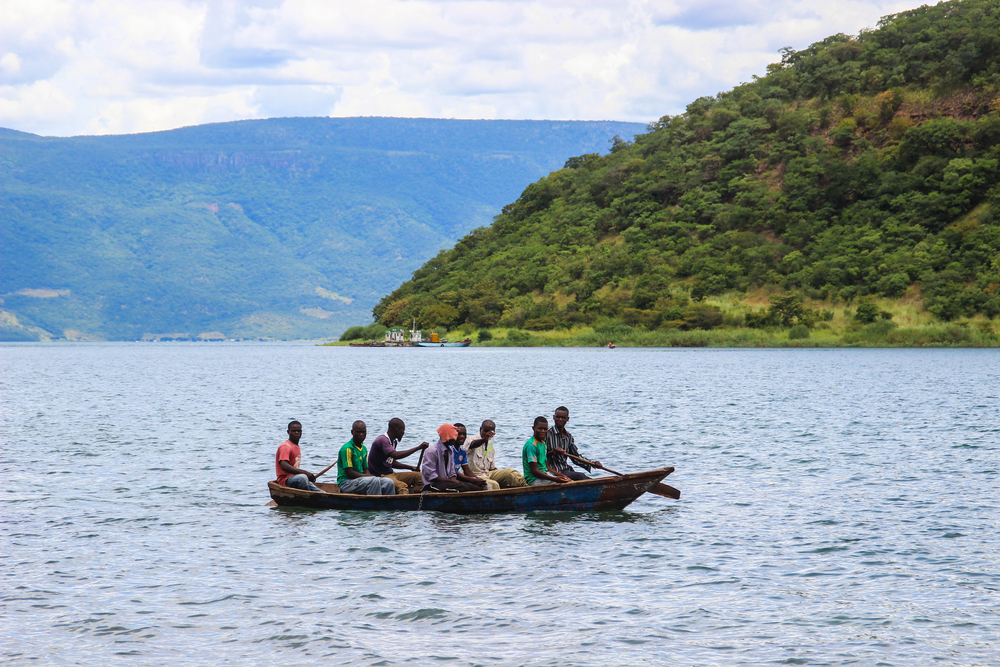
This small flat island with no cars maintains traditional Icelandic culture while harboring one of Scandinavia’s best-preserved medieval manuscripts. Painted houses line single streets where cats outnumber year-round residents.
Puffins nest among lupine flowers during the summer months.
Kerlingarfjöll Mountain Range
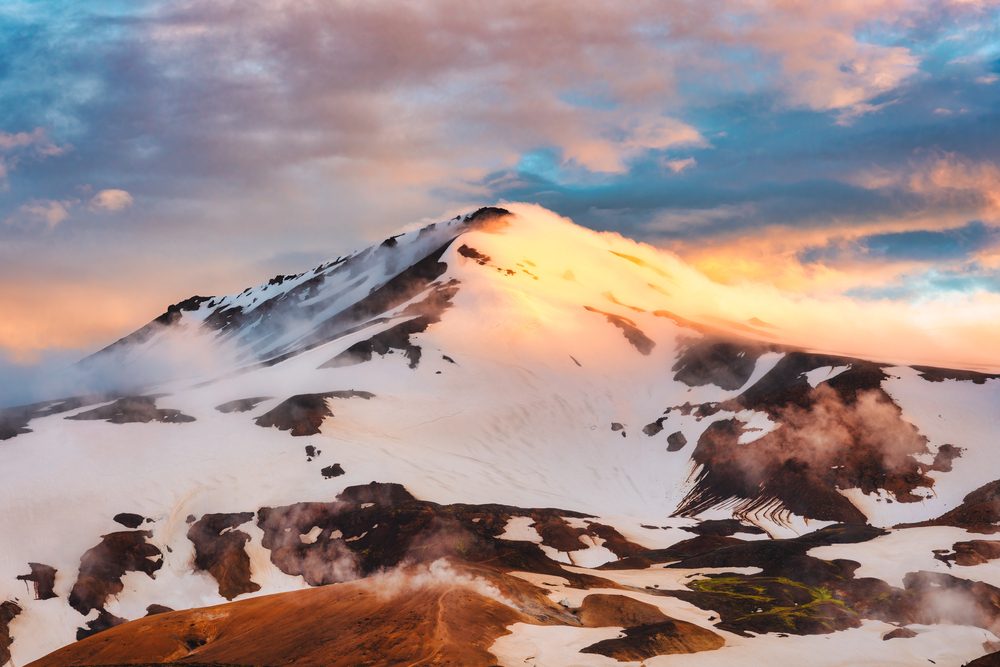
Multicolored rhyolite peaks surrounded by glaciers create a landscape that looks computer-generated. Steam vents and bubbling pools persist throughout winter when most other geothermal areas freeze.
The highland location requires summer access only, preserving its pristine nature.
Like Travel Pug’s content? Follow us on MSN.
Fire and Ice Forever Intertwined
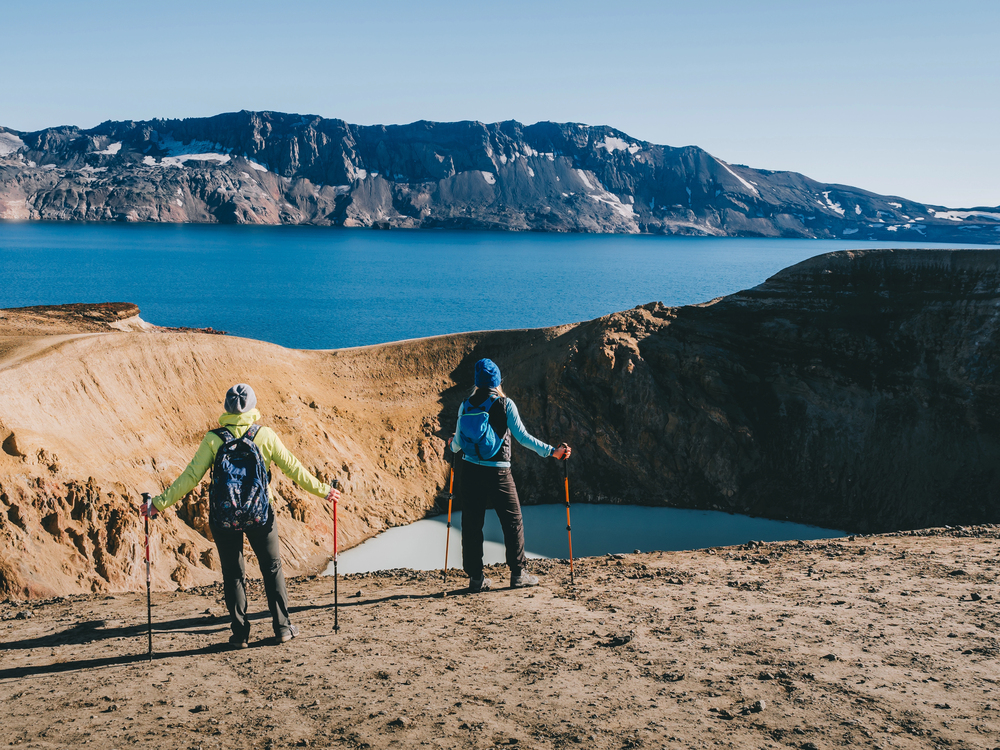
These twenty destinations showcase Iceland’s continual transformation, where glaciers retreat to reveal volcanic peaks while lava flows create new coastlines. Traditional Icelandic sagas speak of giants and elves living among these formations, though modern geology explains them through plate tectonics and volcanic activity.
The country’s tourism motto – ‘Inspired by Iceland’ – understates the reality; Iceland regularly challenges visitors’ understanding of what landscapes can achieve. Whether watching geysers perform with perfect timing or traversing lava fields that feel borrowed from science fiction, Iceland reminds us that Earth’s greatest special effects require no CGI.
More from Travel Pug

- Cities Growing so Fast You Won’t Recognize Them in 10 Years
- 13 Destinations Where Tourists Regularly Regret Their Trip
- 16 U.S. Cities That Are Quietly Becoming Travel Hotspots
- Where to Travel If You Love Long Bus Rides and Daydreams
- 20 Cities Perfect for Solo Travelers Who Crave Adventure & Culture
Like Travel Pug’s content? Follow us on MSN.
